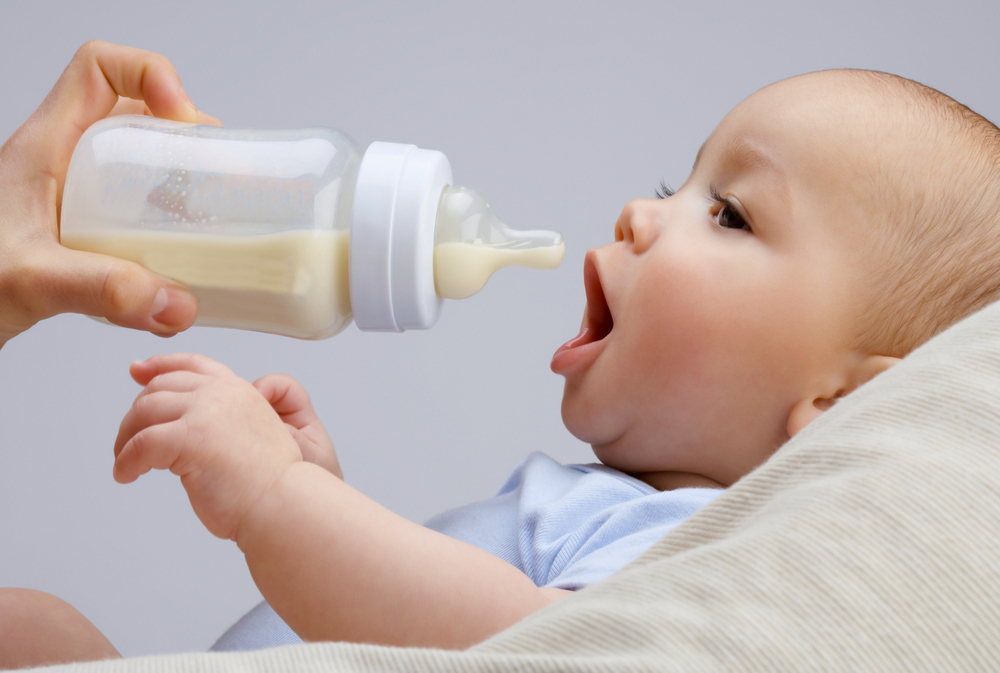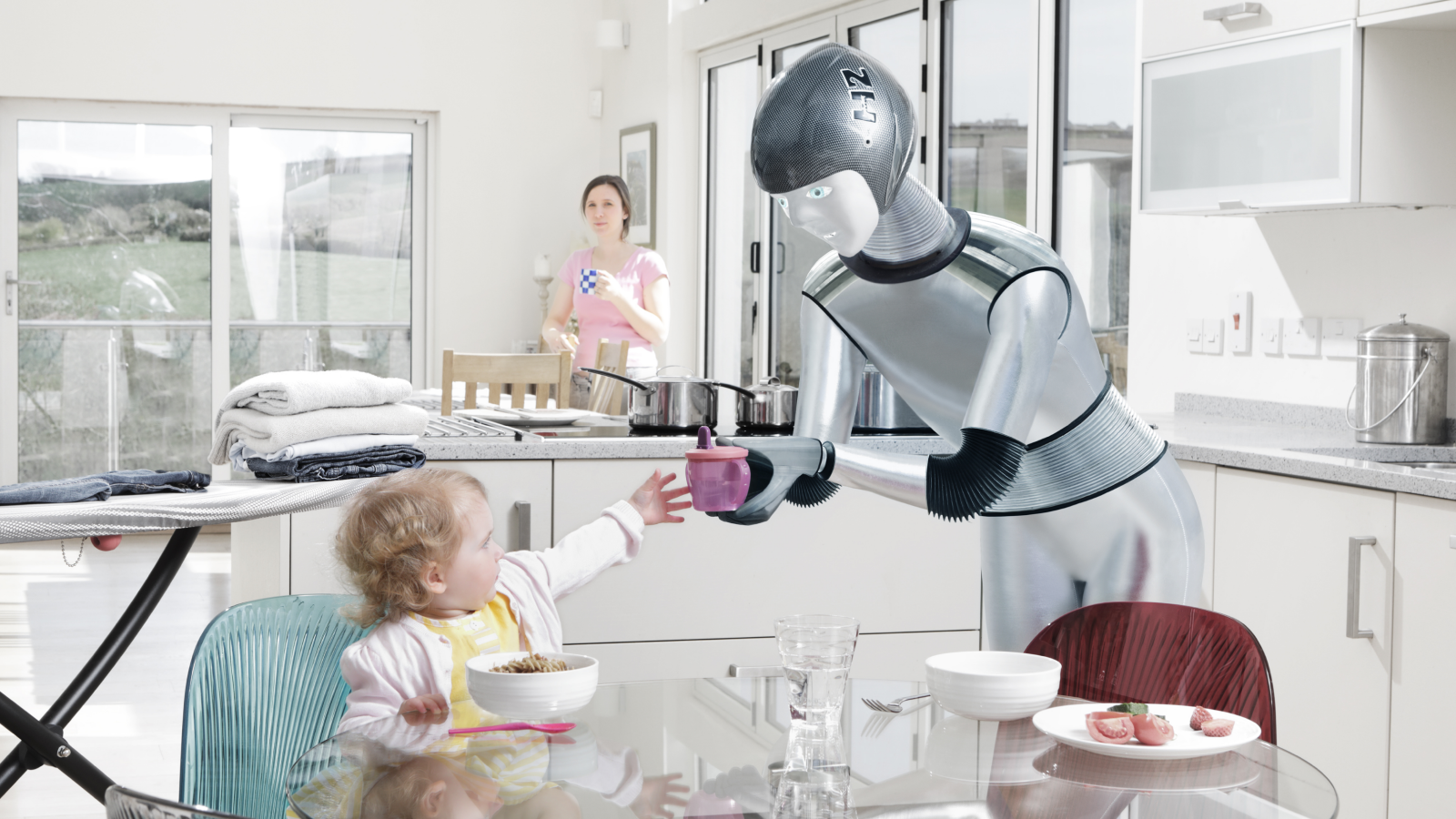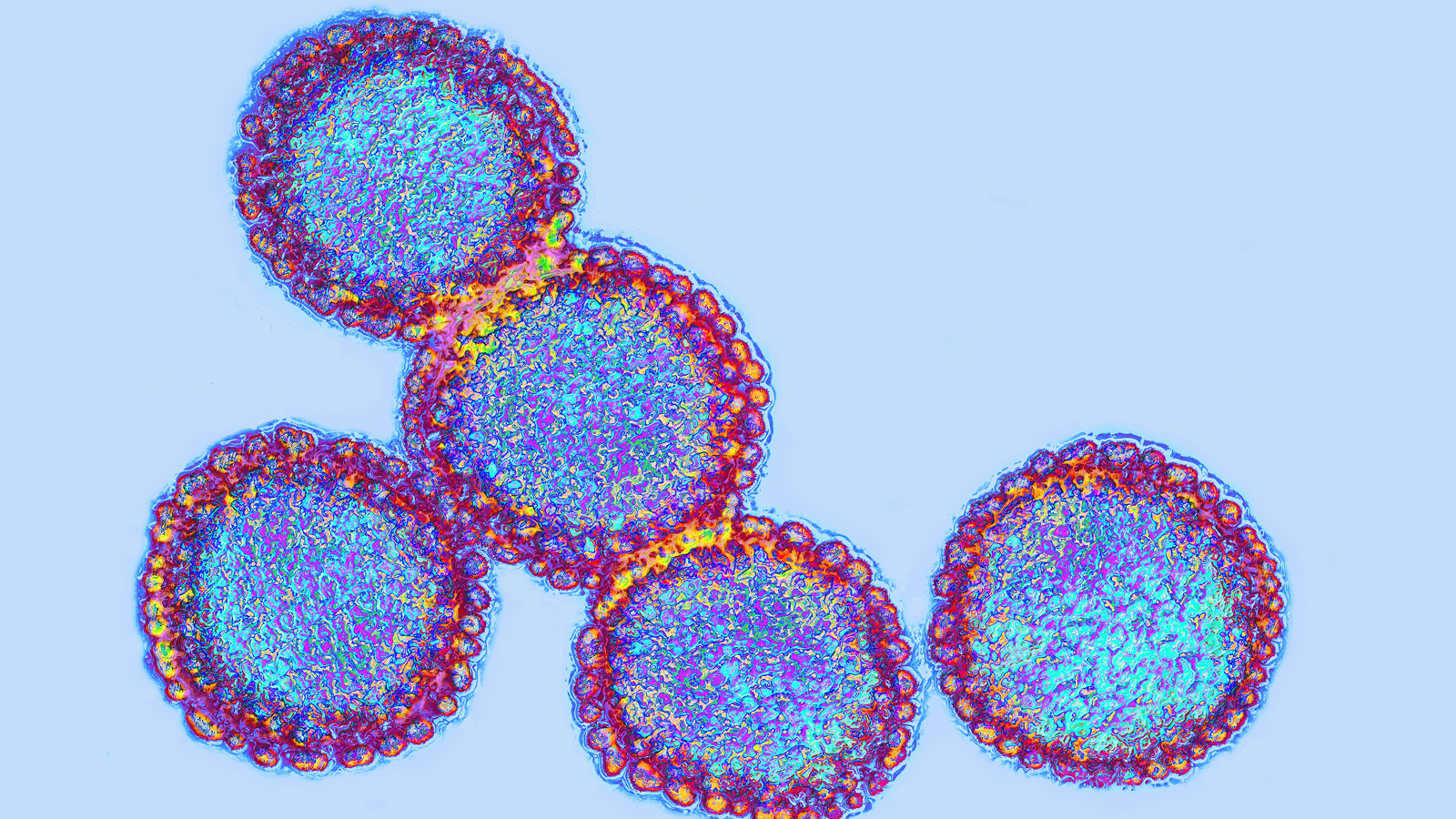Breast vs. Bottle: Weighing Infant-Feeding Options

Deciding the best way to feed a new baby is a very personal choice for a woman. Whether she chooses to breast-feed or use formula, feeding time is an important opportunity for a mother and baby to form a close bond with one another.
Health professionals consider breast-feeding to be the best choice for baby. But for first-time mothers, it can take a few weeks for a mother and her newborn to get the hang of breast-feeding, as both of them are learning the process together and they haven't established a predictable feeding schedule.
The American Academy of Pediatrics (AAP) recommends that babies receive only breast milk for the first six months of life, and then continue to receive breast milk along with other foods, until they are at least 1 year old or longer if both the mother and infant are willing.
But that's a goal few women in the United States may achieve. Even so, the latest data from the Centers for Disease Control and Prevention (CDC) show that breast-feeding rates continue to rise and about 81 percent of mothers start out nursing their infants.
According to the CDC's 2016 Breast-feeding Report Card, about 52 percent of American women were breast-feeding their babies at six months and about 31 percent were breast-feeding at 12 months. In comparison, in 2007, 43 percent of American women were breast-feeding their babies at six months and 22 percent were nursing at 12 months.

Factors to consider
When deciding how to feed her baby, a woman and her partner may think about several factors, such as the short- and long-term health benefits for mother and baby, financial considerations and comfort level with breast-feeding. They may also consider lifestyle characteristics, such as the time and convenience of one feeding method over another, a mother's plans to return to work, and whether family members or other caregivers might be involved in feeding.
"When choosing a feeding method, a woman should first decide what is best for her infant and then secondarily what method is best for her," said Dr. Ruth Lawrence, a professor of pediatrics and obstetrics and gynecology at the University of Rochester School of Medicine in Rochester, New York.
But Lawrence, who breast-fed all nine of her own children and conducts research on breast-feeding, points out that while "every species makes a milk specific for their offspring, humans are the only ones who might feed their young the milk from another species — cows."
Although there were times during the 20th century when the pendulum in the United States swung away from breast-feeding — as an old-fashioned method — and toward bottle feeding— as the modern way, Lawrence said that over the past 25 years, there has been a trend back to the breast.
But one of the problems in getting more American women to breast-feed could be the lack of ongoing support that some mothers experience when they begin nursing their newborns or when challenges arise. Some women might not have a mother, sister or close friend to turn to for advice about breast-feeding. "That's why having a peer-support group who can help a nursing mother is very important," Lawrence told Live Science.
Benefits
Here are some benefits and challenges of breast-feeding and bottle-feeding to help women weigh the options and make an informed decision about infant feeding.

Breast-feeding benefits for babies
Better nutrition. Health professionals consider a mother's milk to be the ideal nourishment for her baby. It is more easily digested than formula, resulting in fewer bouts of diarrhea or constipation. Breast milk also contains nutrients important for brain growth, such as taurine, an amino acid, and DHA, a fatty acid, Lawrence said.
Boosts immunity. Human milk provides immunological protection against colds, sore throats, strep throat, gastrointestinal diseases and ear infections, Lawrence said. This happens because babies receive antibodies passed onto them from their mother's milk, which helps boost their immune system and protect them from getting sick.
Protects against allergies. Studies show that breast-fed babies tend to have fewer allergies than formula-fed infants, especially those given cow's milk formulas. And research has found that infants who nurse may also be less likely to develop asthma and diabetes, or become overweight compared with babies who receive formula. Breast-fed babies tend to not be overfed in the same way as bottle-fed babies may be, Lawrence said.
Adds brain power. Some studies have suggested that children who were breast-fed have slightly higher IQs than babies who were given formula.
Breast-feeding benefits for mothers
Promotes bonding. Holding an infant close to feed from a woman's breast creates a special bond between mother and baby.
Saves money. Nursing is much cheaper than formula and is a more convenient feeding method. Mother Nature helps prepare a woman's breasts for breast-feeding so that milk and colostrum (a mother's first milk) will be there for her baby, Lawrence said.
Improves recovery time. Some of the main health benefits of breast-feeding are that it enhances a woman's physiological recovery after she delivers, Lawrence said. Women have less postpartum blood loss if they breast-feed, and the uterus goes back to its normal size within six weeks of delivering, she said. Since breast-feeding also burns more calories, nursing mothers tend to lose their "baby weight" quicker and regain their pre-pregnancy bodies, according to the U.S. Department of Agriculture.
Offers long-term health benefits. Nursing an infant also protects a woman's health: Studies have found that women who breast-feed have a lower risk of breast and ovarian cancers, and they are also less likely to develop osteoporosis as they get older.
Challenges of breast-feeding
Producing enough milk. One of the biggest challenges while breast-feeding is making enough milk to feed the baby, Lawrence said. And fatigue in women can get in the way of good milk production, she said.
When a woman is first starting to breast-feed, her nipples can become tender and her breasts sore as the baby latches on and nurses, and feedings may be painful and hurt. Unlike bottle-feeding, it can be hard to tell how much a breast-fed baby has eaten and whether a little one has had enough milk.
More frequent feedings. Another challenge facing mothers is that breast-fed babies need to eat more frequently than formula-fed infants so nursing a young baby can be a time-consuming task.
Affects lifestyle habits. And because she is the sole source of her newborn's nourishment, some women may feel tied-down to nursing or find limited places in public to breast-feed. Her partner can become involved in feedings by bringing the baby to the mother when it's time to nurse or feeding a bottle of breast milk if she pumps.
Similar to being pregnant, a nursing mother will need to be conscientious about eating a healthy diet (she will also need an extra 400 to 500 calories a day) and modifying her lifestyle habits, such as drinking alcohol and smoking cigarettes or marijuana, when she is breast-feeding compared with mothers who give their babies formula.
Shy about nursing in public. Despite knowing its health benefits, some women may not feel comfortable breast-feeding, especially outside of the home, or have little interest in doing it. Women with certain medical conditions, such as HIV infection or active tuberculosis should avoid breast-feeding. And women who have had breast reduction surgery may have trouble breast-feeding if their milk ducts were removed.
Some women may feel they have failed as a mother if they can't breast-feed or feel guilty if they decide to switch infant-feeding methods as a baby gets older and they need to return to work.
Limited support. If a woman is unfamiliar with breast-feeding and how to do it, there are classes available to help teach her before she gives birth, as well as peer-support groups, lactation consultants and organizations, such as La Leche League, to offer guidance and answer questions after she delivers.
Bottle-feeding benefits for mothers and babies
High-quality products. Although it cannot simulate mother's milk, babies today are fortunate to have very good formula products that are carefully produced and distributed, Lawrence said. Formula is a good alternative when breast-feeding is not possible, and it is a more nutritious option for babies than evaporated milk or cow's milk, which had once been used before formula was widely available, she explained.
Convenience. A woman might be able to arrange an infant-feeding schedule so she doesn't have to get up at night; instead, a partner or caregiver can give the baby a bottle.
Connection. With bottle feeding, a woman and her baby can still enjoy the emotional closeness and bonding experience, but it will lack the special connection of skin-to-skin contact that's unique to the breast-feeding relationship.
Challenges of bottle-feeding
More preparation and expense. Bottles and nipples need to be sterilized, and if a woman is not using ready-to-use formula, which is more expensive, formula will be need to mixed and prepared. Specialty formulas, such as soy-based formulas and hypoallergenic formulas, can also cost more.
Less protection from infection. Formula doesn't provide all the specific nutrients that breast-feeding can offer, and a baby doesn't get the same immune protection that's found in mother's milk, Lawrence said. As a result, a formula-fed infant is at greater risk for developing infections during the first year or two of life, she said.
In addition, formula-fed babies are three times more likely to have ear infections compared with breast-fed infants, Lawrence said. She said this increased risk is because formula may back up into the infant's Eustachian tube and middle ear when a baby is bottle-fed. But the Eustachian tube is closed when a baby suckles at the breast and this fluid doesn't regurgitate back into the inner ear.
Additional resources
Sign up for the Live Science daily newsletter now
Get the world’s most fascinating discoveries delivered straight to your inbox.
Cari Nierenberg has been writing about health and wellness topics for online news outlets and print publications for more than two decades. Her work has been published by Live Science, The Washington Post, WebMD, Scientific American, among others. She has a Bachelor of Science degree in nutrition from Cornell University and a Master of Science degree in Nutrition and Communication from Boston University.
What are ovarian cysts? All about cyst formation, symptoms and treatments
Is getting an IUD painful?










